Alive Museum - Jeju Island Jungmun Branch (박물관은 살아있다 (제주중문점))
12.2Km 2021-07-29
42, Jungmungwangwang-ro, Seogwipo-si, Jeju-do
+82-64-805-0888
"Alive Musuem" is a cultural playground, consists of five themes namely - optical illusion art, media art, object art, sculpture art and provence art, where imaginations can be turned into reality. Visitors can participate actively and take many interesting pictures while posing with the art in a variety of fun and unique ways.
The Suites Hotel (제주 스위트호텔)
12.3Km 2021-02-26
67, Jungmungwangwang-ro 72beon-gil, Seogwipo-si, Jeju-do
+82-64-738-3800
Located within Jungmun Resort, The Suites Hotel is surround by nature with a view of Hallasan Mountain and the blue sea. The hotel offers 90 cozy guestrooms and amenities, such as banquet halls, a swimming pool, convenience store, singing rooms, and business center.
Grand Josun Jeju (그랜드 조선 제주)
12.5Km 2022-06-08
60 , Jungmungwangwang-ro 72beon-gil, Seogwipo-si, Jeju-do
Grand Josun Jeju is located in Jeju Jungmun Resort near Jeju's representative attractions. The large guest rooms are perfect for spending a relaxing day. In particular, Grand Josun Hill Suite is completely private and perfect for couples on their honeymoon. Facilties include six restaurants, a bar, four season pool, fitness center, spa, kids' club and more.
Jungmun Parnas Hotel Jeju (중문 파르나스 제주)
12.5Km 2024-04-01
100, Jungmungwangwang-ro 72beon-gil, Seogwipo-si, Jeju-do
Jungmun Parnas Hotel Jeju is a 5-star luxury hotel newly built in 2022 that is famous for its oceanfront accommodations with stunning ocean views of Seogwipo. Besides the infinity pool club lounge and dining, activity packages are also available, letting guests enjoy the beautiful scenery of Jeju Island with top-notch service. A TV series called "King the Land (2023)" made this place even more famous as the many scenes from the dramas were filmed inside the hotel. In particular, the lobby shining under bright sunlight created a cheerful mood in the TV series. There is also a family lounge and guest rooms customized for families, making it the perfect accommodation for a family vacation with kids.
Seogwipo Yerae Ecological Village (서귀포 예래생태마을)
13.2Km 2020-02-07
82, Yerae-ro, Seogwipo-si, Jeju-do
+82-64-738-6613
Yaerae Village encompasses a beautiful natural landscape, prime seaside location in Jeju, and cultural and historic sites spread throughout the area. Located between valleys near Jungmun Resort, considered one of Korea’s greatest tourism complexes, the village retains its traditional way of life. Village residents value environmental awareness, placing an importance on educating youth to preserve both the local customs and the village’s natural surroundings. Villagers encourage a sense of community through engaging in environment-related activities.
Lee Jeongui's House (이정의댁)
13.7Km 2024-04-02
22-1 Yerae-ro 144beon-gil, Seogwipo-si, Jeju-do
Lee Jeong-ui's House, nestled near the Yerae-dong Community Center, is a charming café set within the confines of a renovated traditional house. Surrounded by a black stone wall, it features a quaint single-story structure, a spacious yard, and outdoor seating under the fragrant boughs of tangerine and camellia trees. Inside, the ambiance is enhanced by dark wooden antique furniture and a distinctive café signboard. The café offers a delightful assortment of uniquely shaped small desserts and is dotted with photo zones, making it an enchanting spot for children. Situated close to the Jungmun Tourist Complex and the Saekdalhaebyeon Beach, it serves as a multifaceted destination where visitors can enjoy a café, dessert shop, and Airbnb accommodations, all while soaking in the authentic Jeju atmosphere.
Southernmost Theme Park (최남단체험감귤농장)
14.0Km 2024-02-20
168 Namwinamseong-ro, Namwon-eup, Seogwipo-si, Jeju-do
Southernmost Theme Park is a rural ecological farm that offers various year-round experiences. In addition to citrus harvesting, it features insect observation activities, including butterflies, rhinoceros beetles, and stag beetles, animal feeding for sika deer, black pigs, and ostriches, and craft classes like citrus-based food preparation and soap making.
Nonjinmul (논짓물)
14.1Km 2023-12-26
253 Yeraehaean-ro, Seogwipo-si, Jeju-do
Nonjinmul is a natural beach created as spring water flows into the sea, causing seawater and freshwater to meet. “Nonjinmul” means “just throwing away the water” because the spring water rises up close to the coast and cannot be used for agricultural or drinking water. Currently, a large amount of freshwater flows into the sea, and it has an embankment, pools, and showers, making it a popular swimming spot. In the summer, the Yerae Eco Village Experience Festival is held here, where visitors can enjoy various memorable experiences, such as catching olive flounder with one’s bare hands. Nonjinmul is part of the Jeju Olle Trail Course 8. Yerae Coastal Road, stretching out next to it, is an excellent driving course where one can enjoy the seascape. It is also great to stop by Nonjinmul while enjoying trekking or driving. However, the waves are strong outside the saltwater pool, so caution is needed to avoid accidents.
Namwon Keuneong Coast (남원 큰엉해안)
14.4Km 2021-05-13
522-17, Taewi-ro, Seogwipo-si, Jeju-do
+82-64-740-6000
Namwon Keuneong Coast's name means "a hill shaped like an opened mouth ready to swallow up the sea," with Jeju dialect "-eong" meaning "hill". The coastal cliff that reach up to 30 meters in x_height and 200 meters in length is covered with soft green grass. In addition to the two natural caves, visitors can also find a 2-kilometer walking path along the coastline, an observatory deck, resting area, and other amenities. This attraction is popular for fishing as well as a date spot for couples.
The Dull Ice Flower (로빙화)
14.9Km 2024-02-28
13 Namtaehaean-ro, Namwon-eup, Seogwipo-si, Jeju-do
The Dull Ice Flower is a pub and café known for its captivating exotic interior. The signature menu item is a flavorful handmade burger made with high-quality beef and black pork from Jeju. The thin-crust pizza and french fries are also popular. The interior resembles a mountain hut with an atelier, offering visitors sea views.

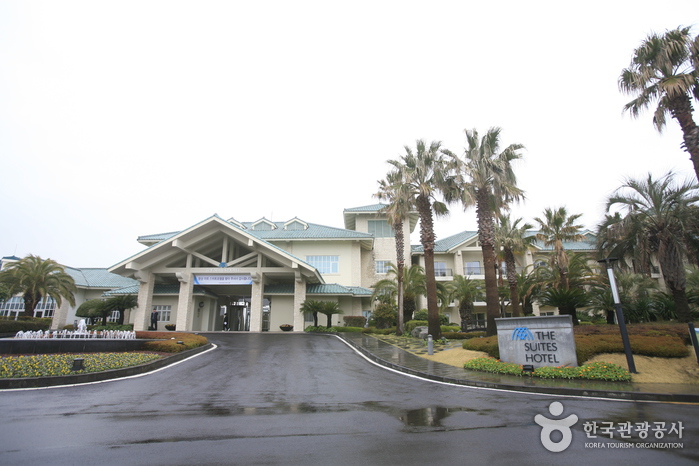
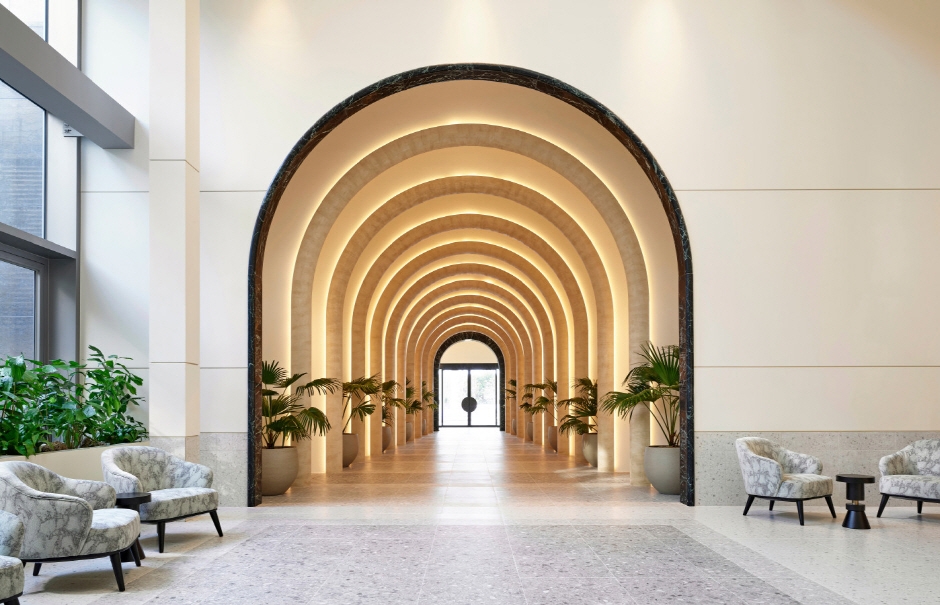
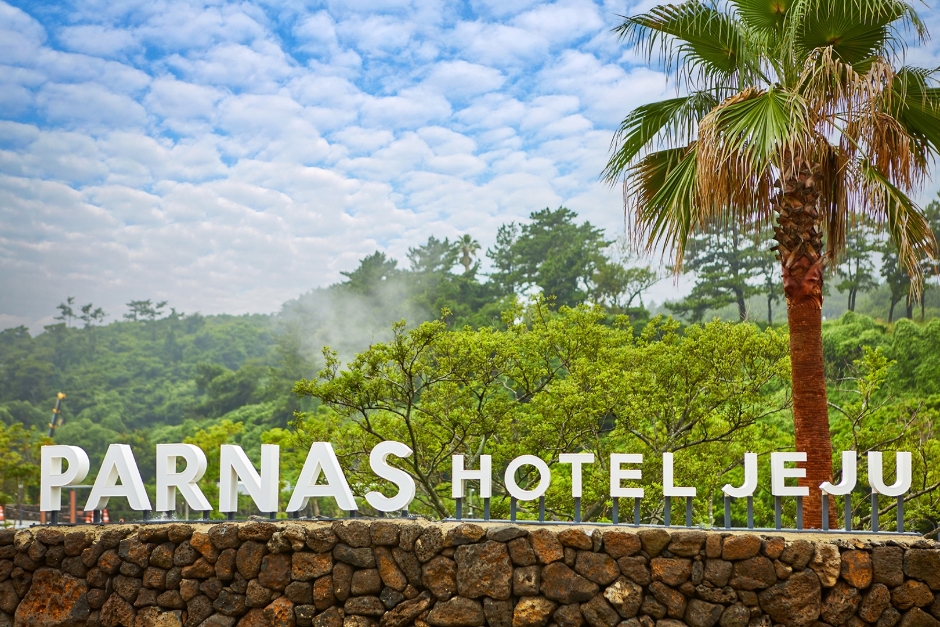
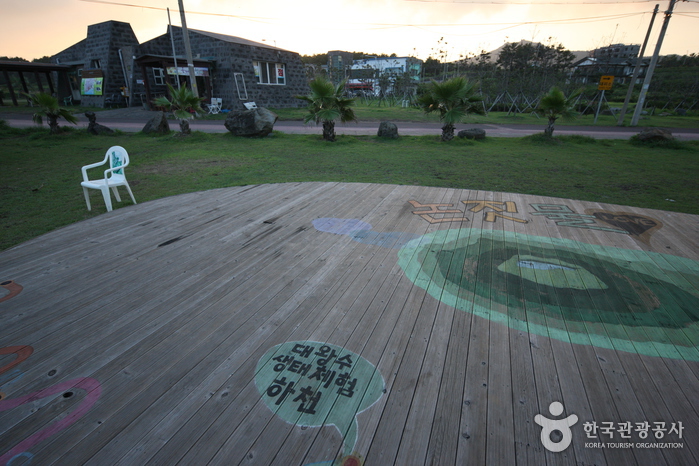
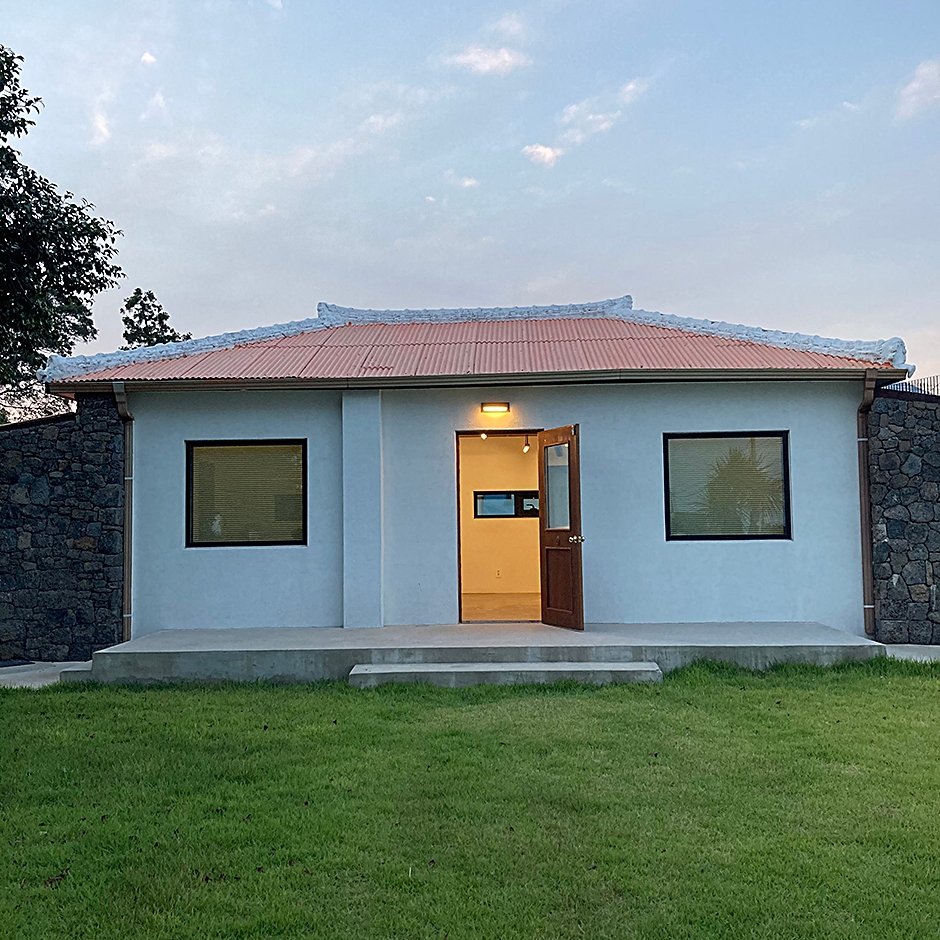
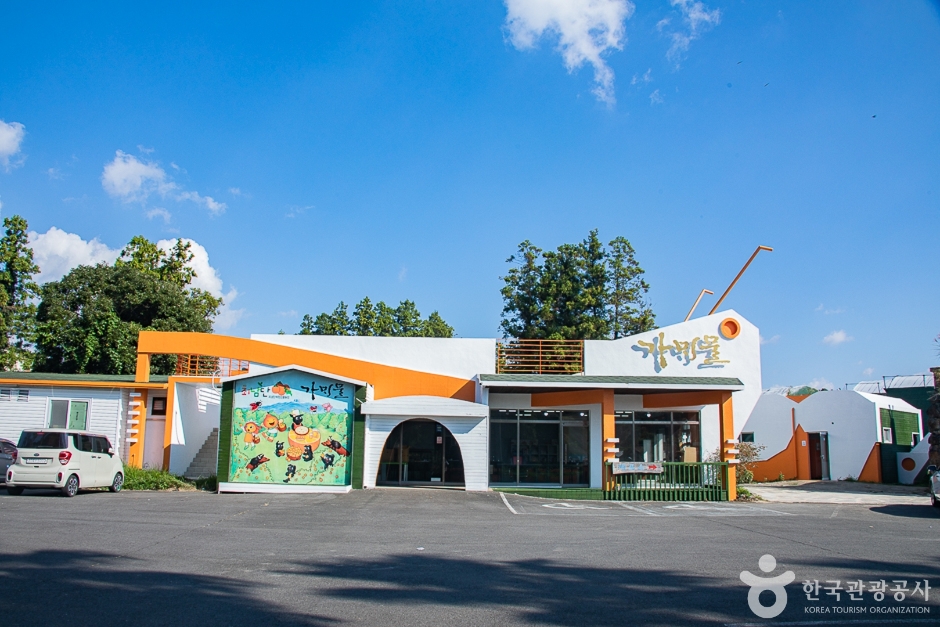
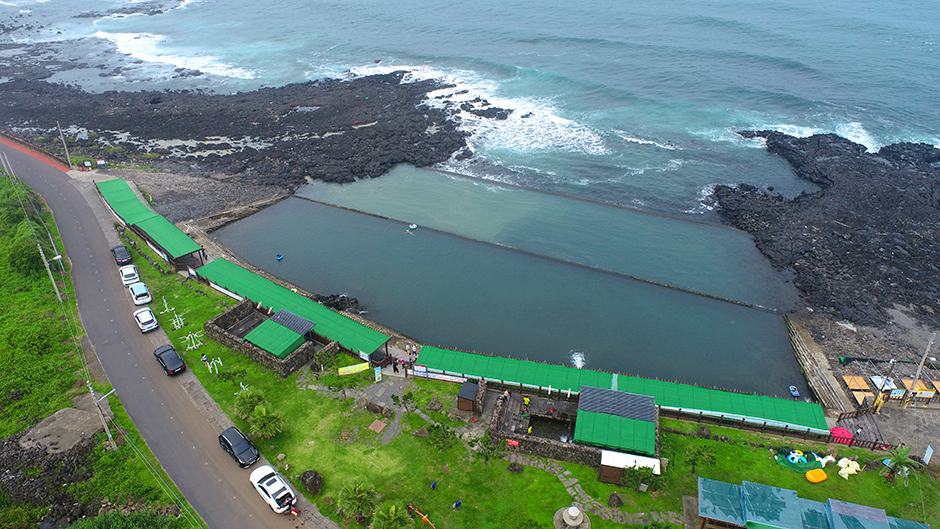
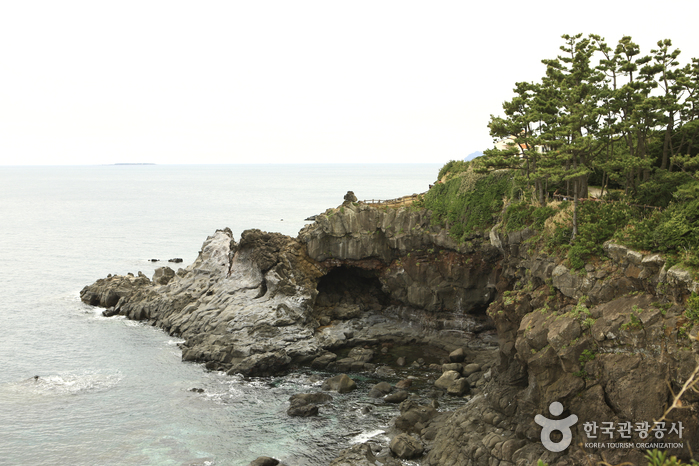
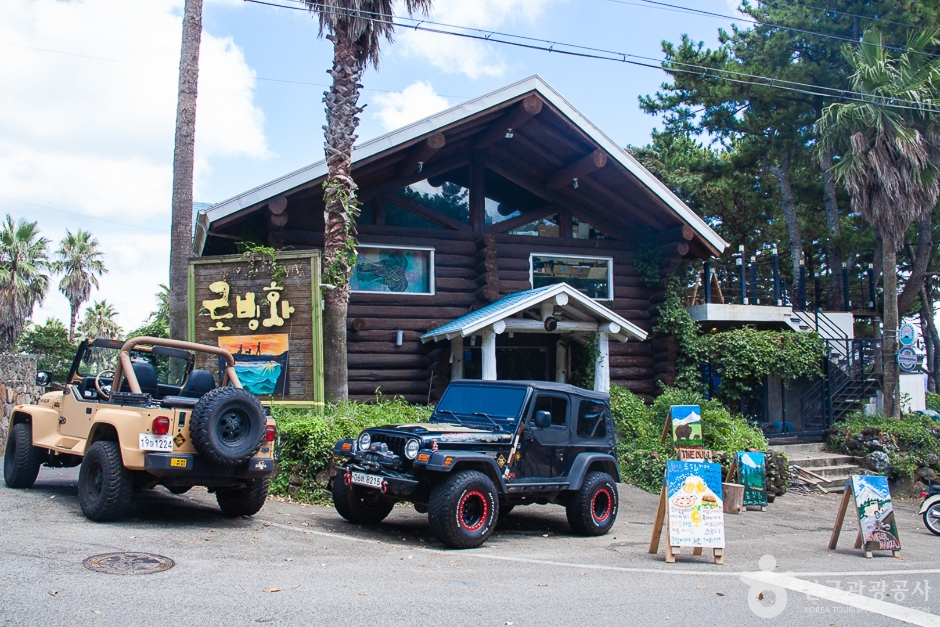
 English
English
 한국어
한국어 日本語
日本語 中文(简体)
中文(简体) Deutsch
Deutsch Français
Français Español
Español Русский
Русский